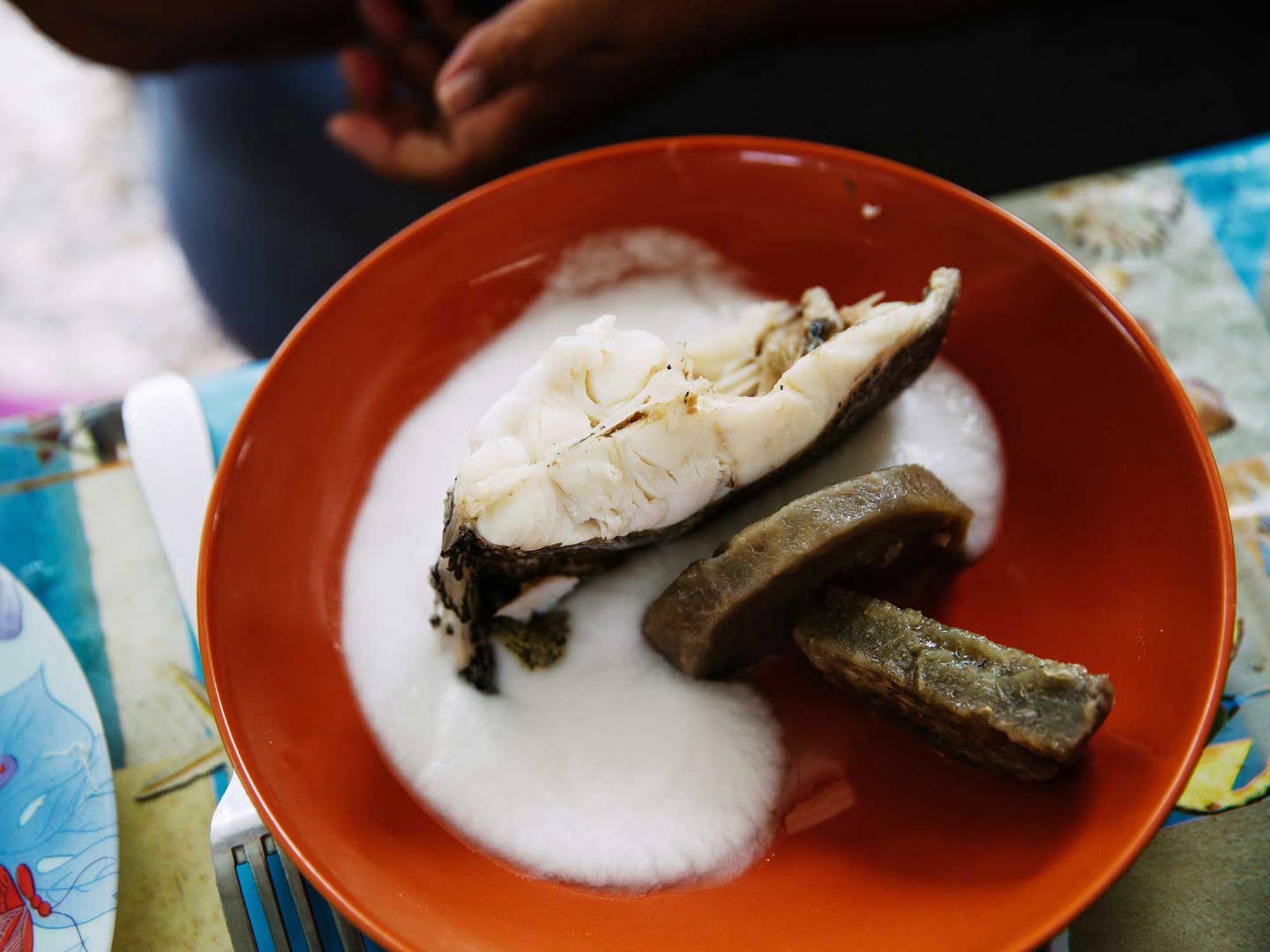
This Tahitian Dish Is Not for the Faint of Heart—Or Stomach
It has the strongest smell of any fish you’ll try
If you look up fafaru, you will probably find these reviews:
“Smells strongly of roadkill”
“Malodorous barrier of rotten fish”
“Not for the faint of heart”
“Smells like death”
“Repulsive even for the most courageous taster”
Most tourists and honeymooners will never try this dish; they visit the islands of Tahiti for a once-in-a-lifetime tropical paradise getaway, eating mostly world-class French inspired cuisine at their luxurious, laid-back beach restaurants. The national dish, poisson cru, is the Polynesian version of ceviche, and commonly found on menus alongside the fresh catch of the day. It might be tuna or mahi-mahi, but it's guaranteed to be delicious, and it usually is.
But there’s another parallel version of tropical paradise if you dig far enough. If you venture outside the resorts, beyond the quiet beach villages, and into the kitchens of the locals that call this place home, you’ll find a true taste of the islands. And, if you’re lucky, fafaru.
I’m in Tahiti on a hot and humid Sunday afternoon on the long, narrow atoll of Rangiroa, located 355 kilometers northeast of Tahiti. In a modest beachfront home made of metal to survive the area’s unusually high winds, a family gathers for a Sunday feast. Matahi, the grandfather, bounces his four-month-old grandson Kaimana on his lap. The walls behind his wheelchair are covered in a lifetime’s worth of aging photos that captured family, fishing, and the beach.
Outside, the sun beats down hard, but two-year-old Hekeani runs freely, cooling others with water from a hose. Fadette, who the family refers to as Big Mama, sits at the table slicing onions, garlic, lemons, and tomato to toss into a salad. The family slices coconut bread while fish cooks in an oversized pan of boiling water. They carefully place colorful plastic chairs around a long table covered in a patchwork tablecloth made up of tropical beach scenes. The grandmother, Tea, sets the table as everyone gathers around. Mix-matched platters are passed and served, but all the attention is on the center of the table, where Tea placed a large plastic bin. The lid is removed and an overwhelming odor permeates the air. This is fafaru, the pride and joy of the meal.
Fafaru is made at the beach. Begin by collecting crabs (or shrimp or other fish) crushing them, and placing them into a large bucket of fresh seawater. Let that ferment in the sun for a few days, then strain out the crabs. A few hours before eating, slice raw tuna fillets and let them marinate in this fermented seawater. For serving, plate the tuna and top with mitihue, fermented coconut milk.
The family goes in for one, then two servings. The smell overpowers the coconut bread, the salad, the other platters of fish—everything, really. I ask for a bowl, and everyone is impressed I’m willing to try it. I was told once you get beyond the smell, the taste is rewarding. It’s a slightly tangy, incredibly tender fillet of tuna. The subtle coolness of the chilled mitihue balances out the flavors. The table watches silently as I try my first bite, and breaks out in applause after my second.
I ask how this unusual dish originated, and the family exchanges shrugs. It’s always been a part of island life here, a tradition that no one really questioned, and everyone grew to love. It’s never been about the process or the flavor, but the meaning behind the dish and the memories it evokes.
The reason we all gathered that afternoon was for Tamatoa. It was his last family meal in Rangiroa before departing to Tahiti for a new job. I sat next to him, with the smell of fafaru surrounding us, as he expressed how meaningful of a meal this was, a gathering of his closest family and friends, something he will miss dearly. While I wouldn’t necessarily add fafaru to my list of favorites, I wouldn’t understand this part of the world without it. To outsiders it’s a rather repulsive dish, but to Tamatoa and his family, and other islanders, it’s the taste of family and fond memories.
Lunch continued late into the afternoon, and it was time for goodbyes. I biked the 8 kilometers back to the other side of the atoll and returned to my overwater bungalow with the smell of fafaru still lingering and my own authentic version of this once-in-a-lifetime tropical paradise.
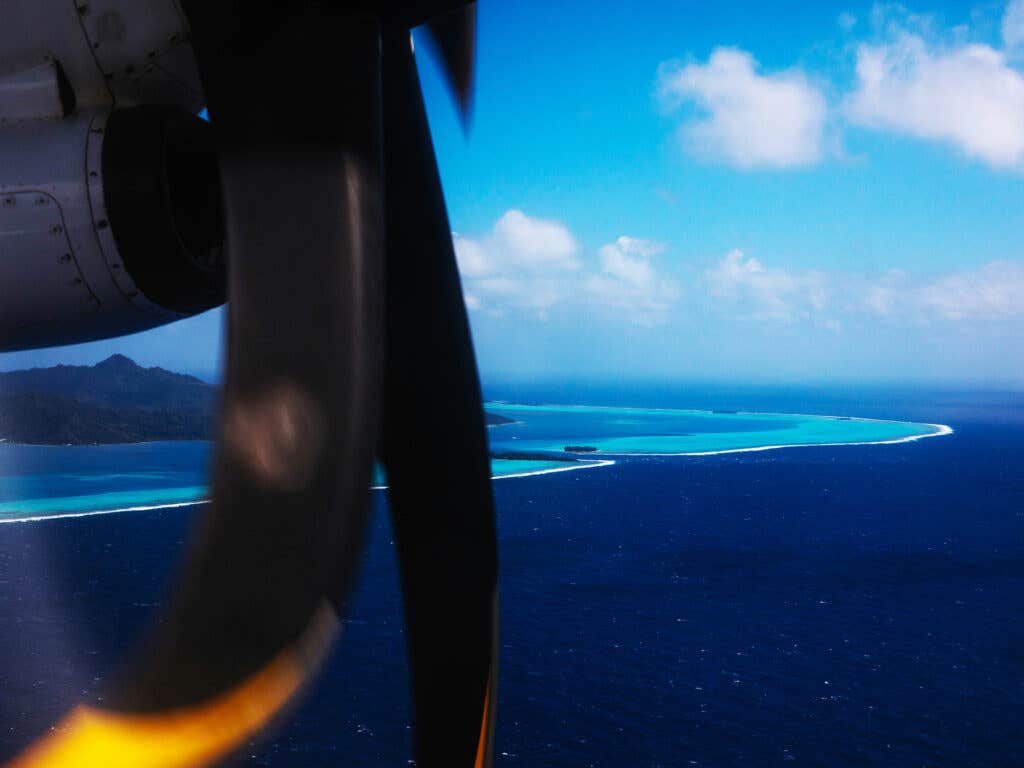
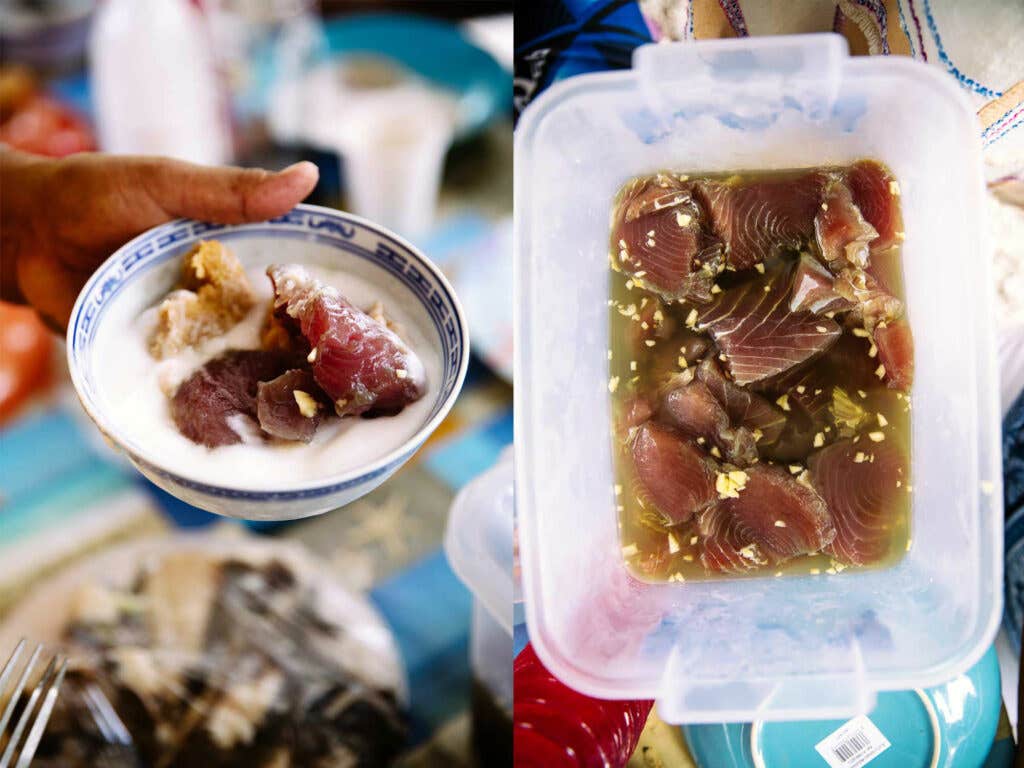
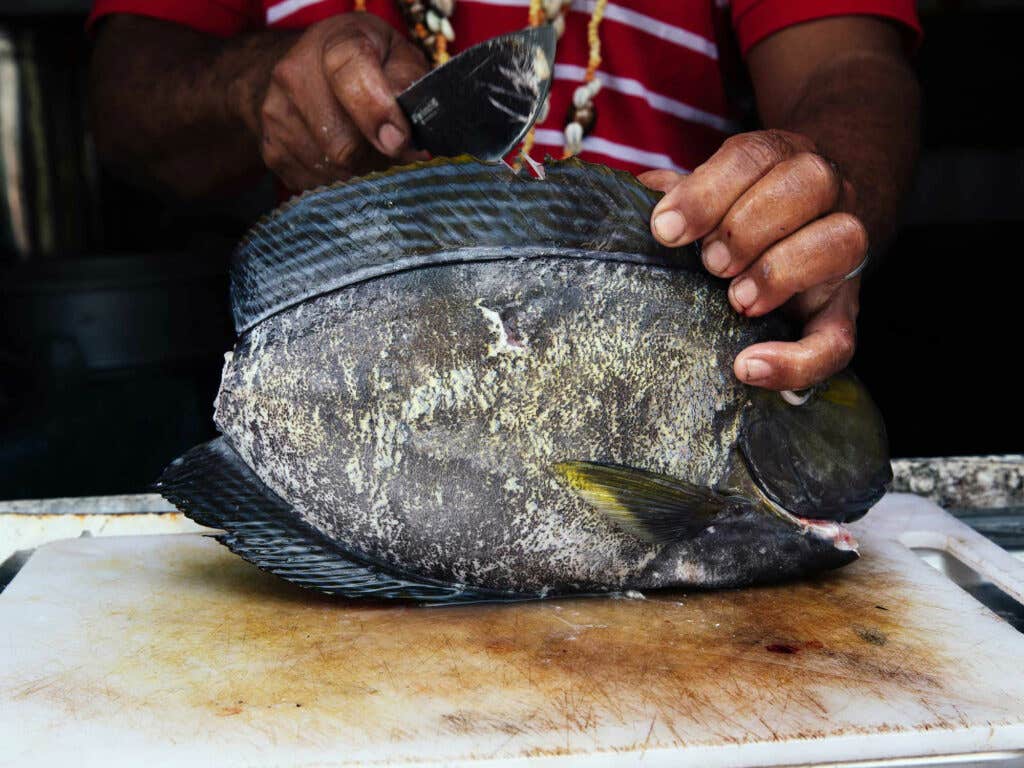
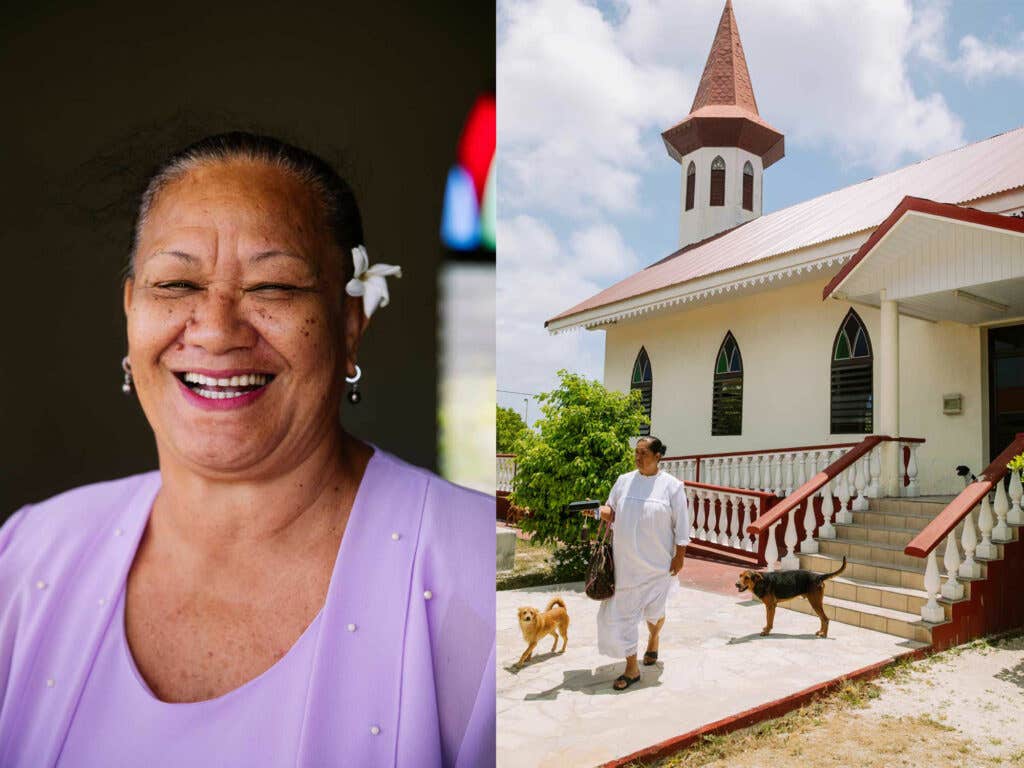
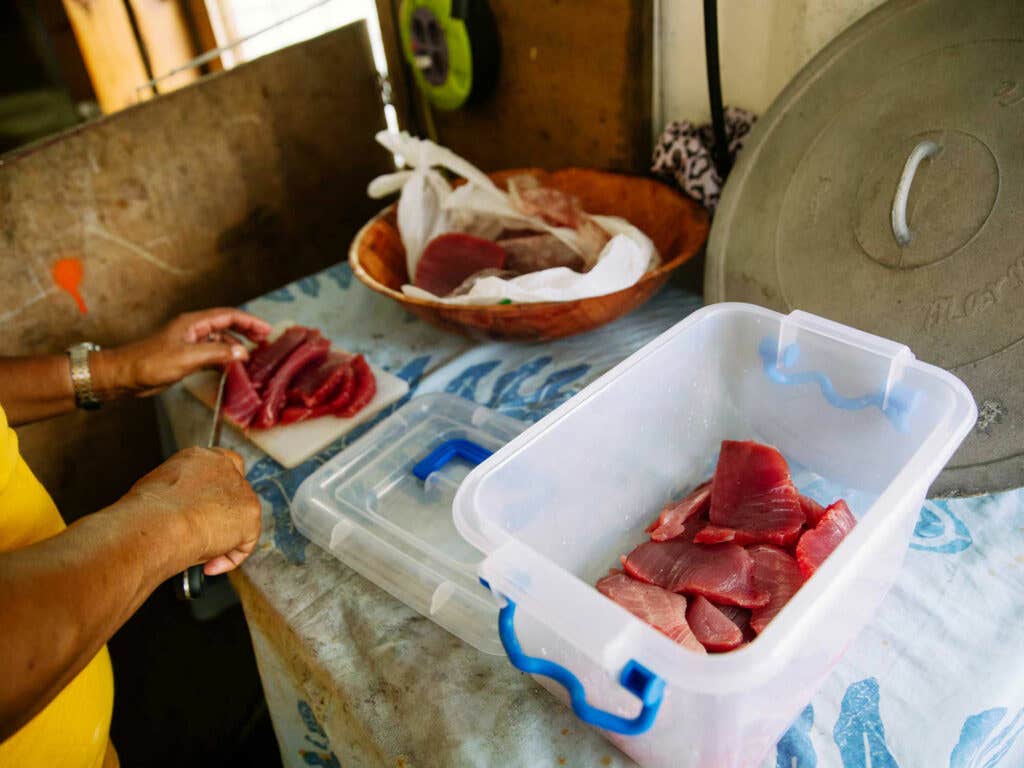
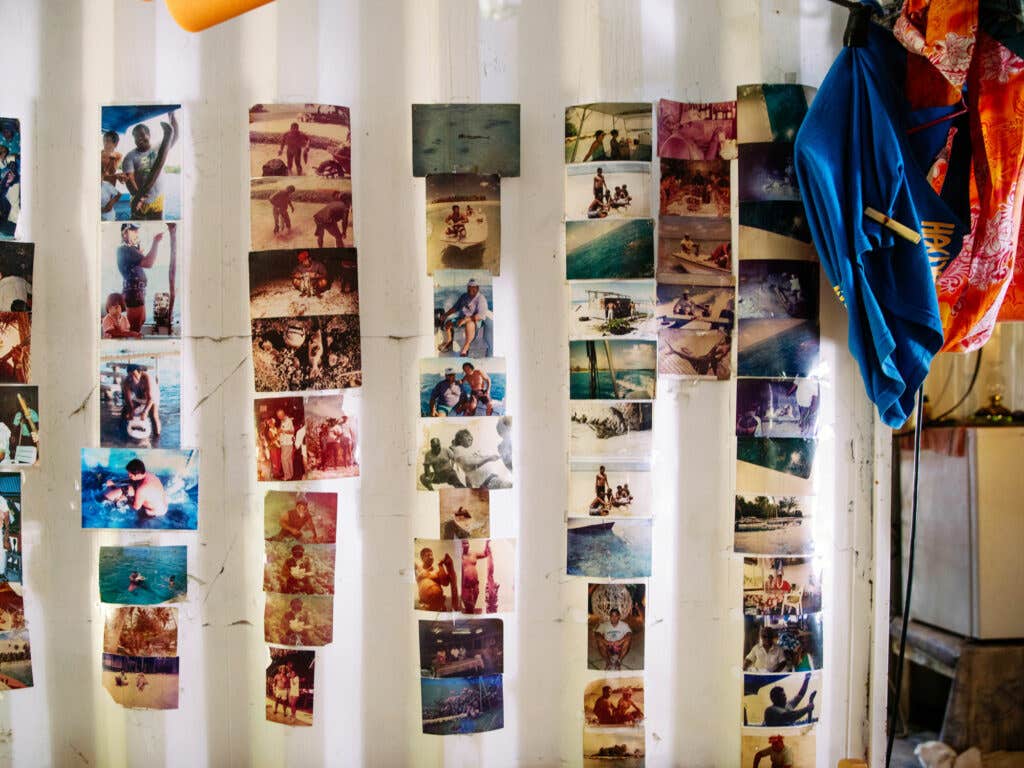
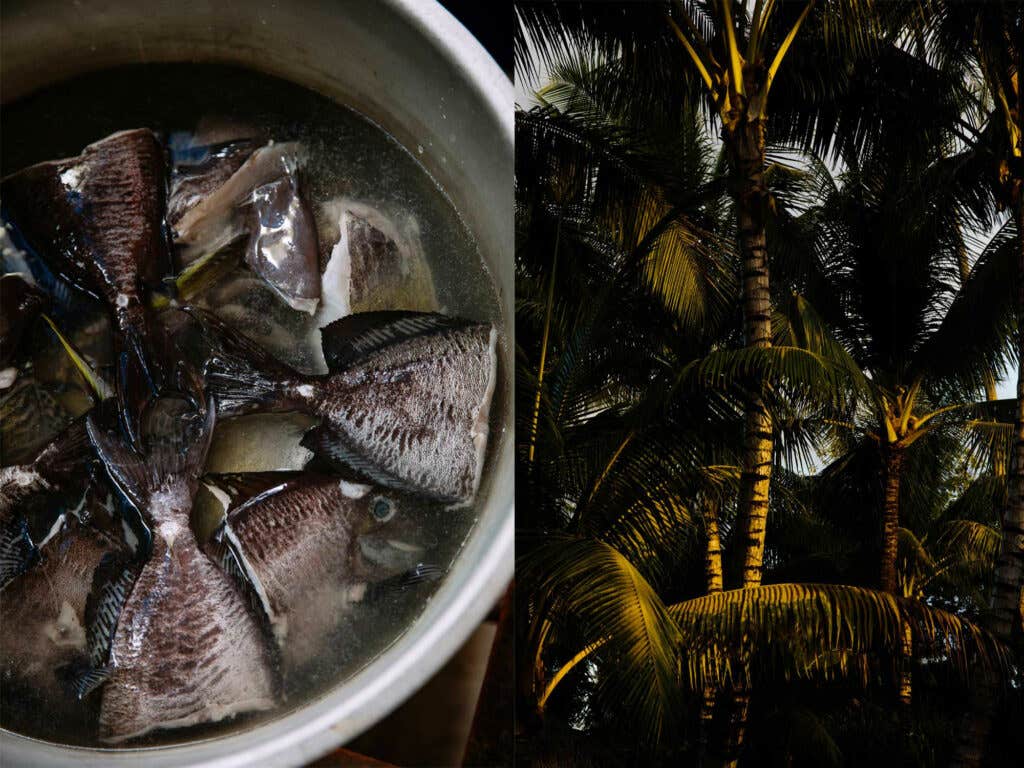
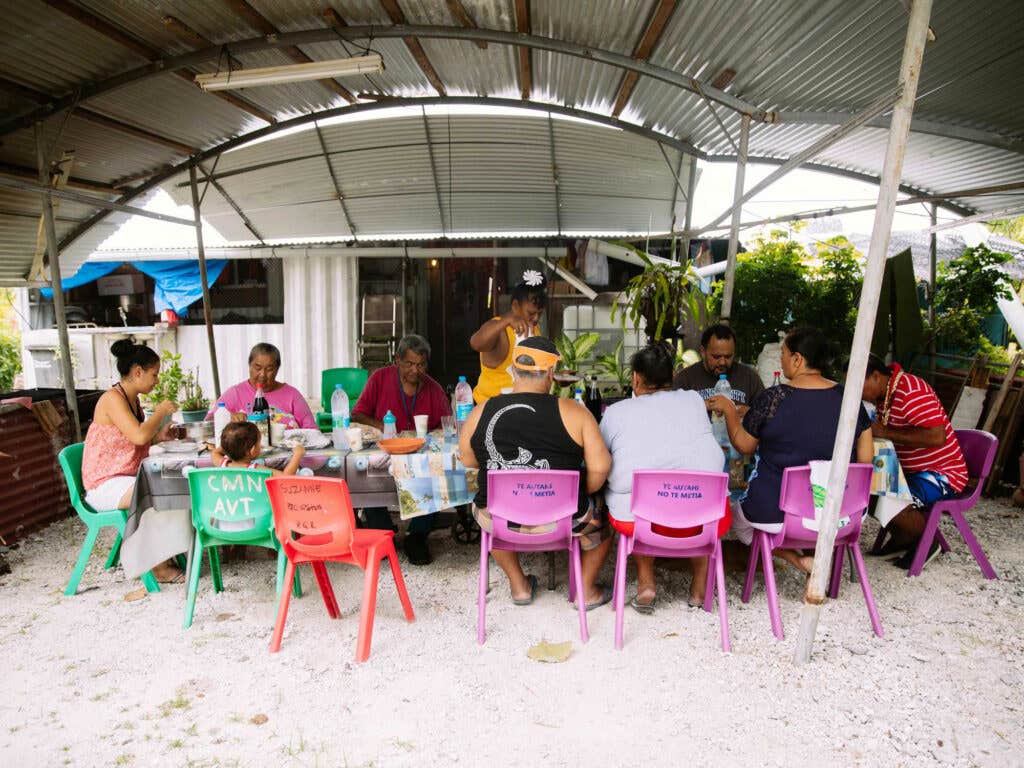
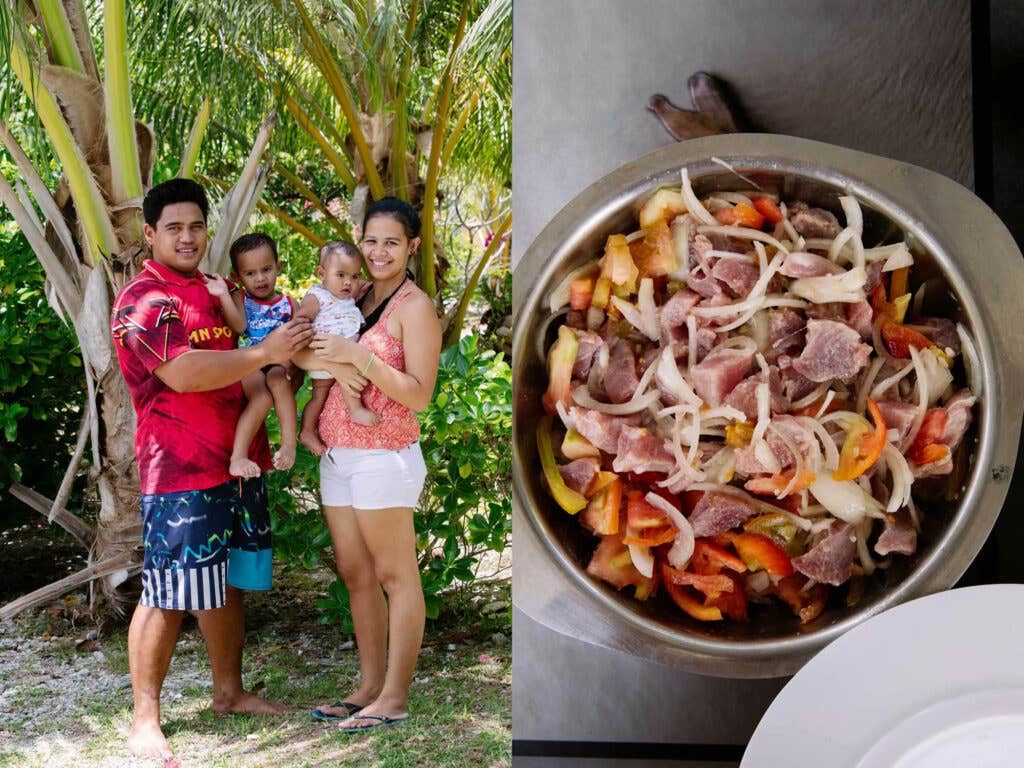
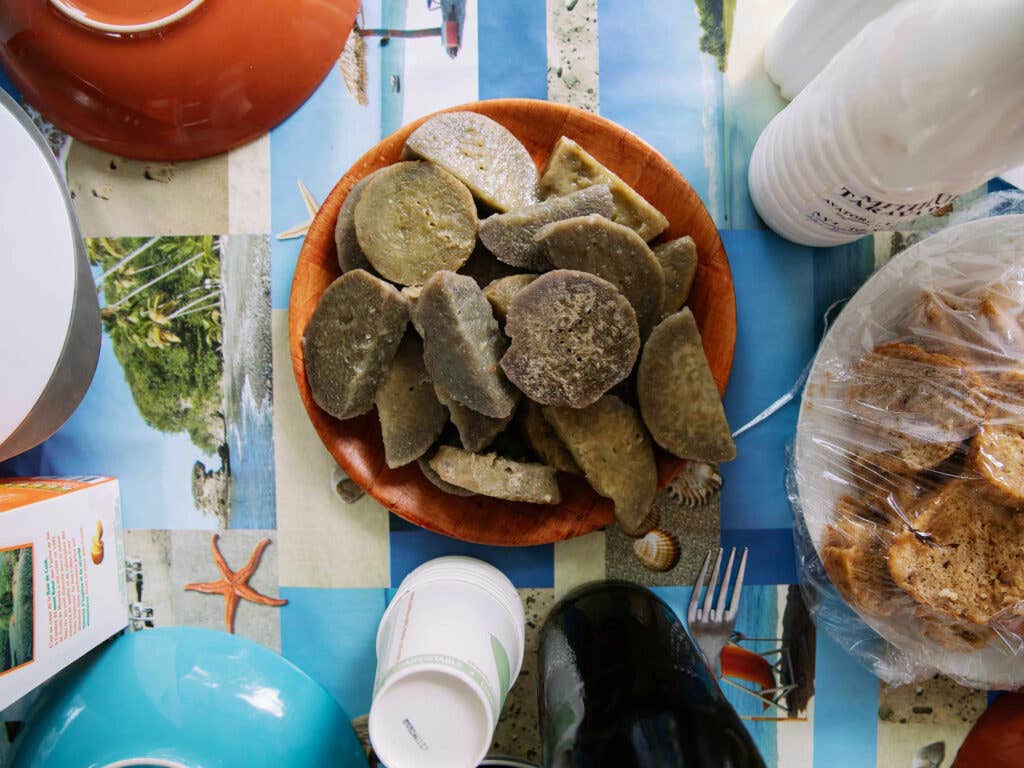
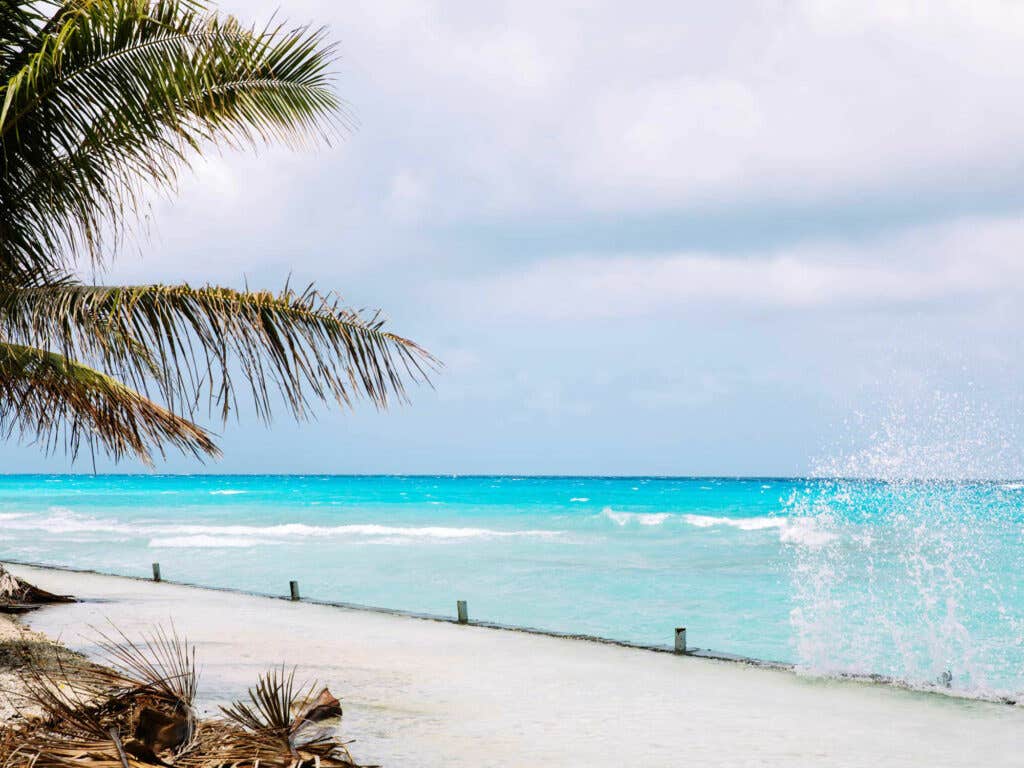
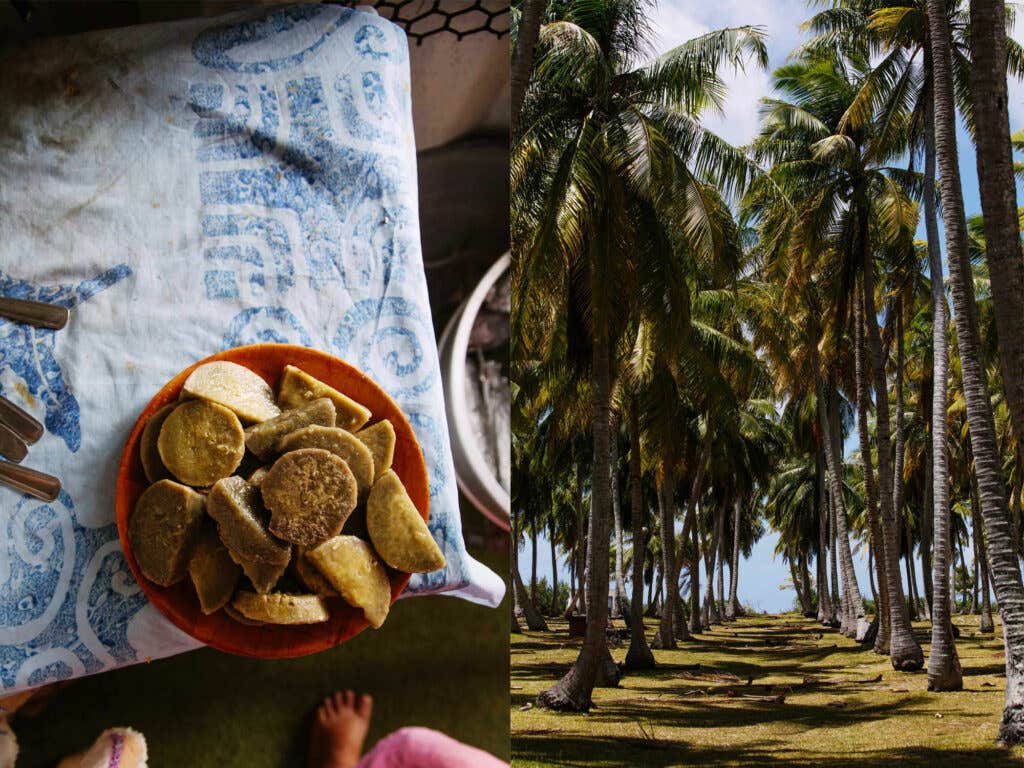
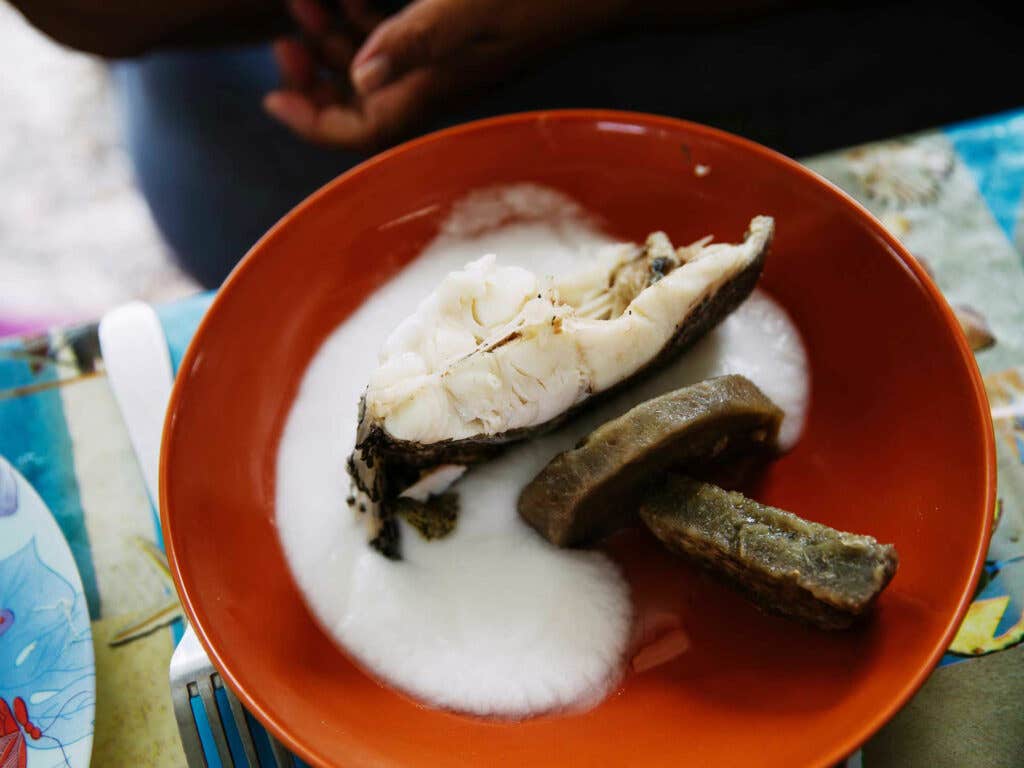
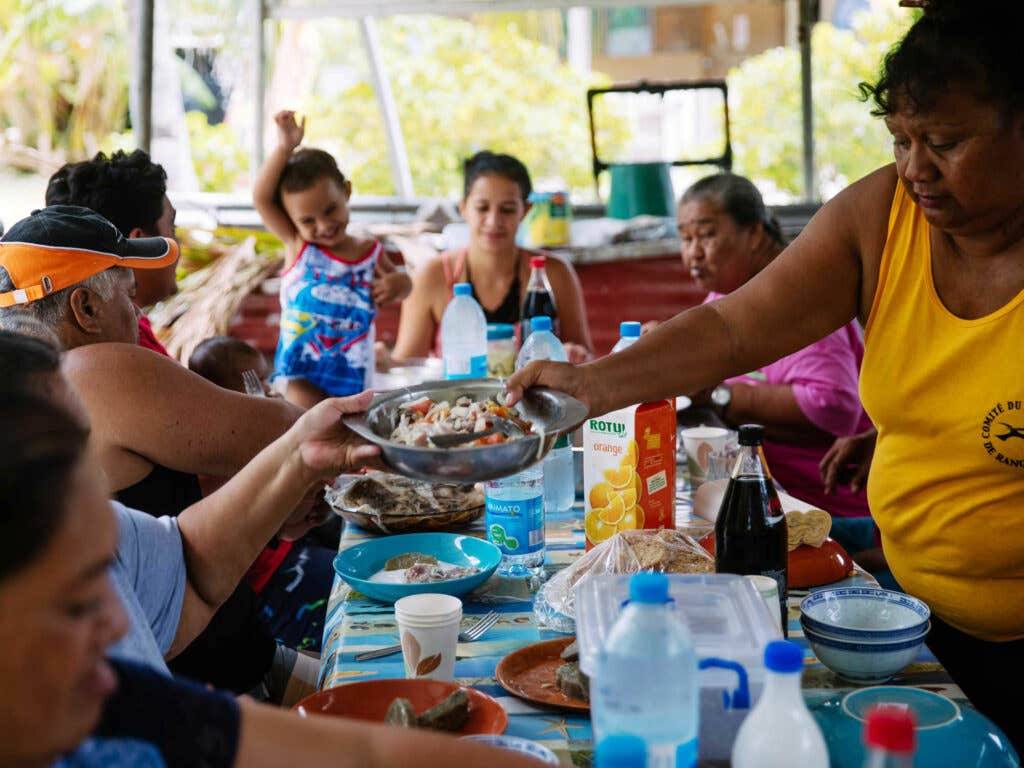
Keep Reading
Continue to Next Story










